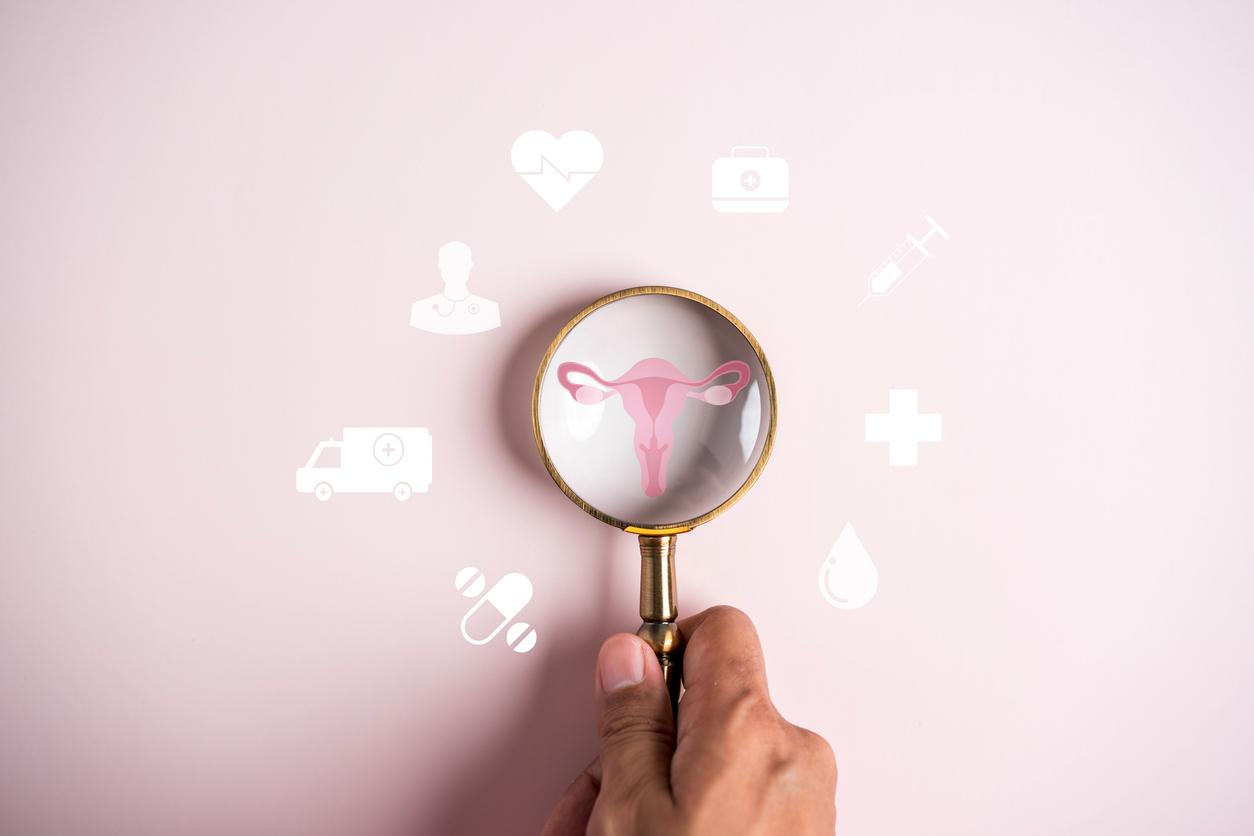In France, one in four couples fail to achieve pregnancy after 12 months of trying. Based on health insurance data, Inserm researchers were able to measure the annual use of infertility treatments. In their study, we learn that between 2008 and 2017, 1.25% of women aged 20-49 were treated for infertility each year (i.e. more than 150,000 women each year). And over the past ten years, the use of infertility treatments has become increasingly late: this rate has increased by 24% in women aged 34 and over.
“This unique study was possible because all infertility treatments are covered in France by health insurance and are therefore recorded in its management databases “underline the researchers.
In young women, the use of these treatments (ovulation induction, artificial insemination or in vitro fertilization) is fairly stable, although there was a slight decrease between 2008 and 2017. On the other hand, we observed a jump of 24% among women aged 34 and over. “These trends both reflect the phenomenon of increasingly late parenthood in developed countries, a movement that began in the early 1970s. The effect on the use of infertility treatment is small because at these ages, infertility is less frequent. On the contrary, women over 34 try to have children more often, but infertility increases sharply at these older ages, resulting in a sharp increase in the use of treatment, ”explain Inserm researchers.
When is the best time to talk about infertility?
Only the gynecologist can decide the interest of following a treatment to boost fertility. Its decision is based on the patient’s age but also the couple’s situation and the length of the period during which the partners have tried to have a baby. In general, doctors recommend consulting a professional for an update when tests are unsuccessful. after one year for a woman under 30 and after six months for a woman over 35.
Do not focus on these timing cues but keep them in mind. “It’s difficult for a couple to know when to consult. Too early, this can become anxiety-provoking (especially because of examinations but also the medicalization of hugs) and delay the time of pregnancy. Too late, it also decreases the chances of getting pregnant. You have to find a middle ground according to your feelings but also to your situation “, recognizes Dr Martine Roeser, gynecologist.
Indeed, there are signs that require a consultation more quickly: very irregular or very long cycles, an absence of periods, factors favoring fertility problems (anorexia, overweight, smoking) but also a history such as an infection. pelvic.
The gynecologist’s action plan
The gynecologist begins by monitoring the cycle thanks to a temperature curve (taken in the morning intra rectally before setting foot on the ground) and a blood dosage of progesterone in the 2nd part of the cycle, which are used to assess the quality of ovulation. Depending on the results observed, the specialist suggests a suitable solution for the next three to six months.
- First situation: the progesterone level is a little low in the second part of the cycle. It is therefore a question of administering progesterone to the patient (1 tablet per day for 10 days). There is no contraindication to this treatment or any side effects.
- Second situation : there is an ovulation disorder. It is therefore necessary to stimulate the ovaries thanks to inducing treatments. These treatments require monitoring (ultrasound and hormone testing) at each cycle in order to assess the response to the treatment. There is indeed a risk of ovarian hyperstimulation and multiple pregnancies. An examination of the cervical mucus after intercourse (Huhner test) will also be performed to inform the doctor about the quality of the mucus and the number of motile spermatozoa and therefore the orientation of the treatment or the practice of a spermogram.
At the same time, the gynecologist begins to look for other possible concerns by performing an X-ray of the tubes and uterus. Thus, in the event of ineffective treatment, the medically assisted procreation protocol (artificial insemination, IVF, etc.) can begin without wasting any more time.
What treatments to boost ovulation
- Clomiphene citrate (marketed under the name Chlomid or Pergotime) acts directly on receptors in the hypothalamus. It comes in the form of tablets to take (1 or 2 during the first 5 days of the cycle). Possible side effects: hot flashes, visual disturbances and deleterious antiestrogenic effect on the mucus and lining of the uterus.
- Gonadotropins (hormones with FSH and LH activity) act directly on the ovary. The gynecologist can give them with injections under the skin at the start of the cycle (every other day or so) when clomiphene citrate has not worked. There are now kits for home practice for couples to fend for themselves. This more expensive treatment than clomiphene citrate requires more frequent monitoring by ultrasound and blood test for estrogen.
- Chorionic gonadotropic hormone (HCG) can finally be injected to trigger ovulation. This requires that a follicle has reached 17mm on ultrasound. If 3 follicles of more than 15mm are identified or if the estrogen dosage is too high, HCG will not be administered and unprotected sex will be discouraged to avoid treatment complications (multiple pregnancies or ovarian hyperstimulation).
What results can you expect from these treatments?
They depend on a whole series of factors including the woman’s age, the origin of infertility, the quality of the partner’s sperm, etc.
It is reasonable to say that the chances of becoming pregnant after one treatment cycle are 15% or 25% on average. The figures show that the chances of success increase from one treatment cycle to the next, says Dr Martine Roeser.
Our expert: Dr Martine Roeser, gynecologist, attached to the AMP center in Tours.
Read also :
- IVF: a new “in utero” fertilization technique
- PMA: France in shortage of eggs and sperm
- Children born from sperm donation are doing well















